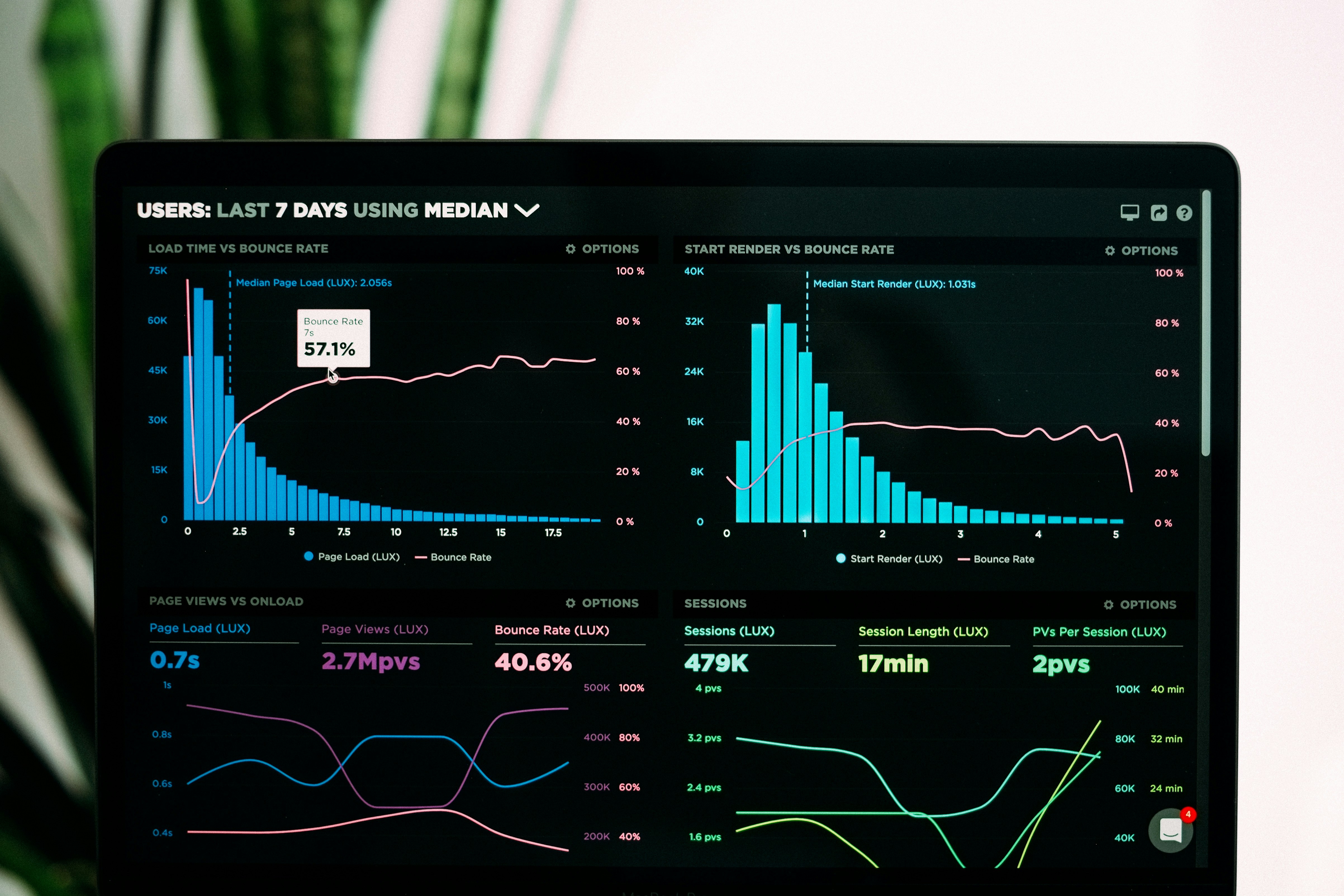Address
Arusha Njiro
Work Hours
80 Hours A week
Address
Arusha Njiro
Work Hours
80 Hours A week


Hey friend! Can I make a confession? Four years ago, I had $12,000 sitting in a savings account earning a pathetic 0.01% interest while inflation was literally eating it alive. I knew I should invest, but the whole process seemed overwhelming.
Fast forward to today – that same money (plus regular contributions) has grown to over $28,000 in a simple portfolio of index funds. And here’s the kicker: I spend less than 30 minutes per YEAR managing it.
If you’re feeling intimidated by investing, you’re not alone. A Bankrate survey found that 48% of Americans don’t invest because they “don’t know how.” Let’s fix that today, shall we?
So what exactly are index funds? Think of them as the ultimate lazy person’s investment strategy (in the best possible way).
An index fund is a type of investment that tracks a market index, like the S&P 500. Instead of picking individual stocks, you’re buying tiny pieces of hundreds or thousands of companies in one simple transaction.

Warren Buffett, literally one of the greatest investors of all time, has repeatedly said that most people should just invest in low-cost index funds. In fact, in his 2013 letter to Berkshire Hathaway shareholders, he revealed that in his will, he’s instructed the trustee of his estate to put 90% of his wife’s inheritance in – you guessed it – an S&P 500 index fund.
If it’s good enough for Buffett’s wife, it’s probably good enough for us mere mortals!
I’m not just giving you feel-good advice here. The data overwhelmingly supports index investing:
Alright, let’s break this down into super simple steps:
You need a brokerage account – think of it like a special bank account for investments. These three options are perfect for beginners:
Vanguard: The original index fund company. Great if you prefer a traditional approach with excellent customer service.
Fidelity: Offers zero-fee index funds and a user-friendly mobile app. My personal choice.
Robinhood: Super simple interface and perfect if you’re primarily using your phone. Just avoid the temptation to trade individual stocks!
Setup time: 15-20 minutes (you’ll need your social security number, bank info, and basic personal details)
Decide how much you want to start with. Here’s my advice:
Remember: The most important factor isn’t how much you start with, but how consistently you continue to invest.
Time needed: 5 minutes to link your bank account and initiate a transfer
Here’s where most beginners freeze up. So let me make this super simple with three fantastic options for your first index fund purchase:
A target-date retirement fund that automatically adjusts as you age.
For slightly more control, buy these three funds:
Most experts recommend 60-80% in US stocks, 10-30% in international stocks, and 10-20% in bonds when you’re young.
If even three funds sounds complicated, start with just one:
Time needed: 10 minutes to select and purchase your first fund(s)

Here’s where things get really interesting. The investing landscape has been revolutionized by AI tools that make index investing even simpler and more personalized:
Services like Betterment, Wealthfront, and M1 Finance use AI algorithms to create and maintain a diversified index fund portfolio based on your goals and risk tolerance.
I’ve personally tested Betterment for a side account, and it’s shockingly simple. You answer a few questions, deposit money, and their AI handles literally everything else – fund selection, rebalancing, tax optimization, the works.
The cost? Typically 0.25% annual fee, which means $25 per year on a $10,000 account. That’s worth it for many beginners!
I’m absolutely obsessed with Personal Capital’s free financial planning tools. Their AI analyzes your investment portfolio and provides insights like:
Their retirement simulator uses Monte Carlo analysis (fancy math!) to show how your investments might perform over time.
I’ve been amazed at how helpful ChatGPT can be for personalized investing advice. Try prompts like:
“I’m 28 years old, earn $65,000/year, and want to start investing $300/month in index funds. Can you suggest a simple portfolio allocation and specific funds I should consider?”
Or:
“Explain the differences between VTI, VOO, and VOOG index funds in simple terms and help me decide which is better for a long-term investor.”
Just remember – AI can explain concepts and suggest options, but it shouldn’t replace proper research or a financial advisor for complex situations.
When I started investing, I made a classic beginner mistake: I tried to time the market. In March 2020, as the pandemic hit and markets plunged, I hesitated to invest my money because I thought prices might fall further.
Big mistake. I missed out on one of the strongest recoveries in market history.
Once I finally committed to regular, automatic investing in a simple three-fund portfolio (regardless of market conditions), my stress disappeared and my returns improved dramatically.
Here’s my current super-simple portfolio:
That’s it! Three funds, rebalanced once a year, with automatic monthly contributions. My all-in investment costs? About $30 per year on a $60,000 portfolio.

With most major brokerages now offering fractional shares, you can start with as little as $1-5. Seriously! But ideally, start with $100-500 to develop the habit.
Both are great! ETFs (like VTI) trade throughout the day like stocks and often have slightly lower expense ratios. Mutual funds (like VTSAX) only trade once per day but may be easier for automatic investments. For beginners, this distinction barely matters – pick either type based on your brokerage’s options.
Research from Vanguard shows that lump-sum investing outperforms dollar-cost averaging about 66% of the time. But psychologically, many people (including me) prefer spreading investments over time to avoid regret if the market drops right after investing.
Keep these to a strict maximum of 5-10% of your portfolio, if at all. Consider this your “fun money” or “learning budget” – money you’re genuinely OK losing entirely. For your serious long-term wealth building, stick to index funds.
Once you’ve mastered the basics, consider these slightly more advanced strategies:
As your portfolio grows across different account types (retirement vs. taxable), certain funds should go in specific accounts to minimize taxes.
Generally:
Research suggests certain “factors” may generate higher long-term returns. Consider allocating a small portion (10-20%) of your portfolio to these factor-based funds:
Just remember – these come with higher volatility and may underperform for long periods!
Michael from Phoenix: “I started with $50/month in a Vanguard Target Retirement fund back in 2013. Today, that account is worth over $42,000, and I’ve only contributed about $25,000 total. I never thought I’d be an investor, but it turned out to be incredibly simple.”
Jasmine from Chicago: “As a teacher with a modest salary, I didn’t think investing was for ‘people like me.’ I started with $200 in FZROX (Fidelity’s zero-fee total market fund) three years ago and set up automatic $100 monthly contributions. My account just crossed $5,000, and seeing that growth has motivated me to increase my savings rate overall.”
Robert from Nashville: “I tried picking individual stocks for years with mediocre results. When I finally switched to a simple three-fund portfolio, not only did my returns improve, but I also got back about 5 hours a week I used to spend researching stocks. That time is priceless!”
Nobody – not even professional money managers – can consistently predict market movements. The best strategy is regular, consistent investing regardless of market conditions.
Research from Betterment shows that frequent portfolio checking correlates with worse investment decisions and higher anxiety. Aim for quarterly or semi-annual reviews at most.
The classic warning “past performance does not guarantee future results” exists for a reason. The best-performing fund from last year is rarely the best performer next year.
Always check the expense ratio before buying any fund. Anything above 0.2% for basic index funds is too expensive in 2025.
Feeling motivated? Here’s what you can do in the next 15 minutes:
That’s it! You’ll be an index fund investor before you finish your coffee break.
Are you just starting your investing journey? Already an index fund enthusiast? Have questions I didn’t answer? Drop them in the comments below – I personally respond to everyone and love helping beginners get started!
Remember – the best time to start investing was 20 years ago. The second best time is today. Future you will be incredibly grateful you took this step!
Happy investing!